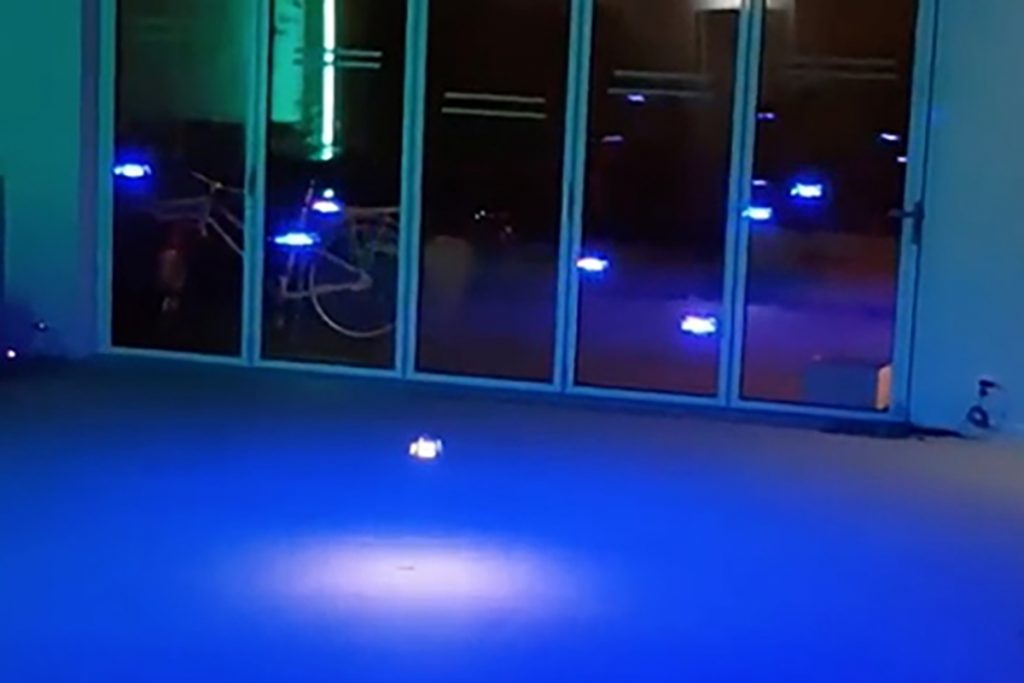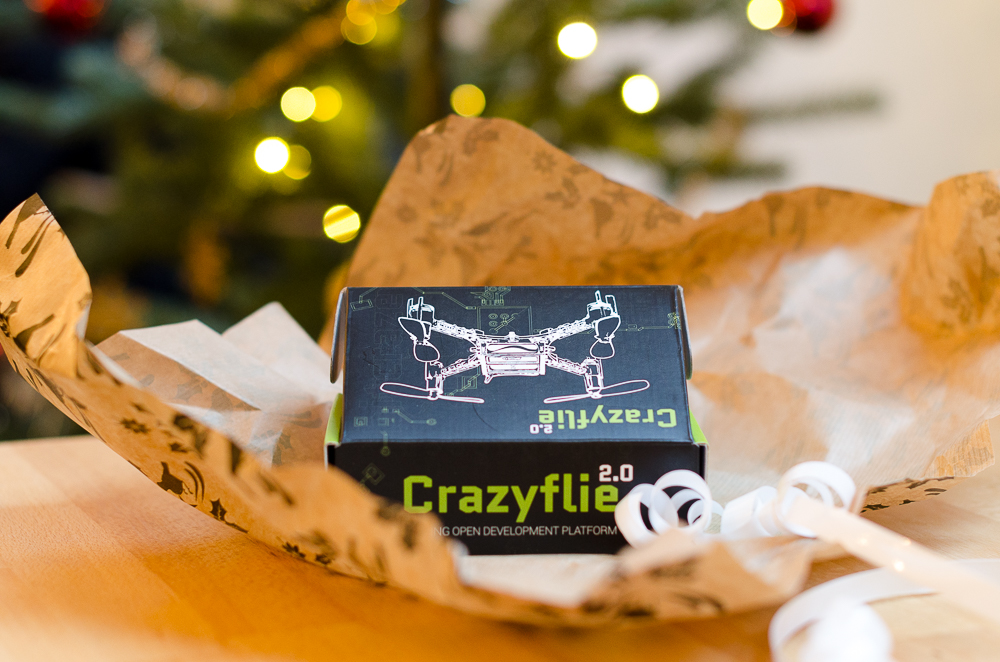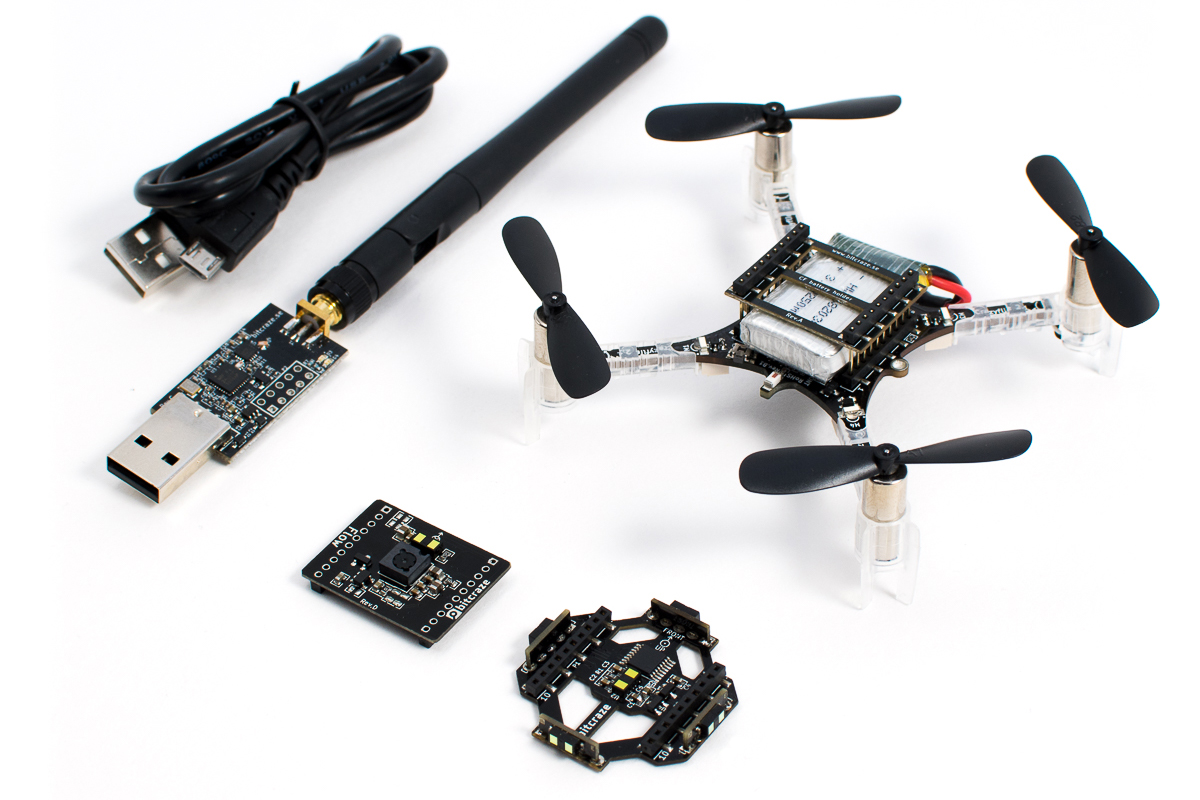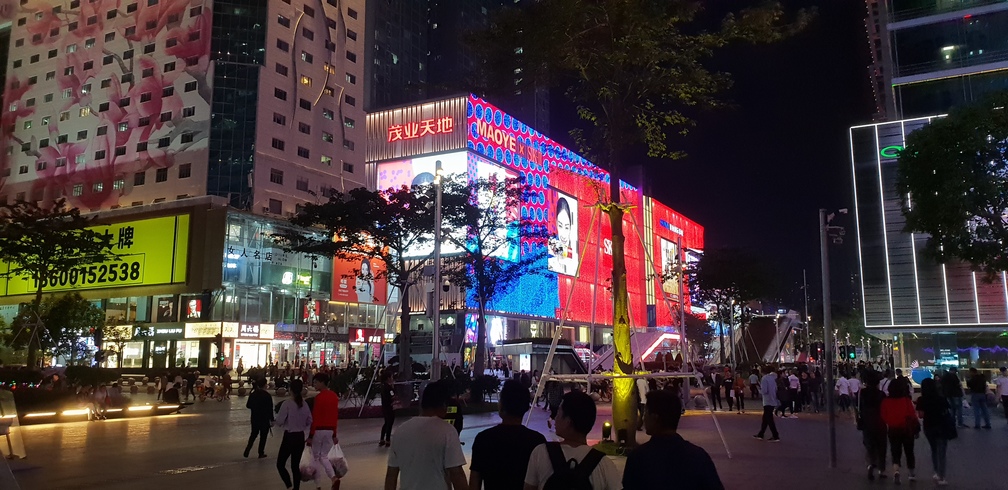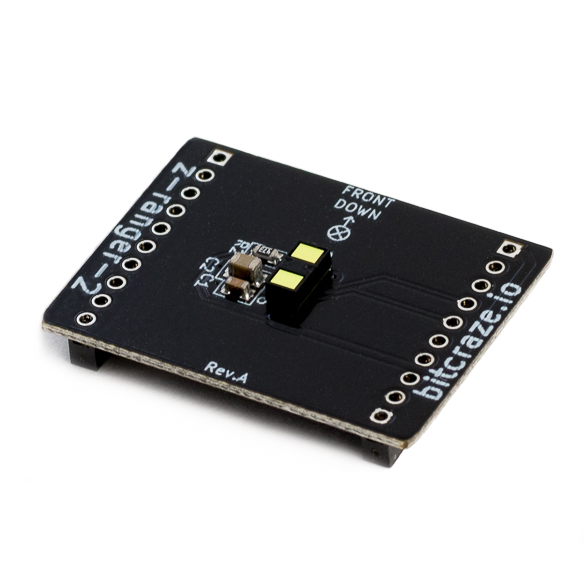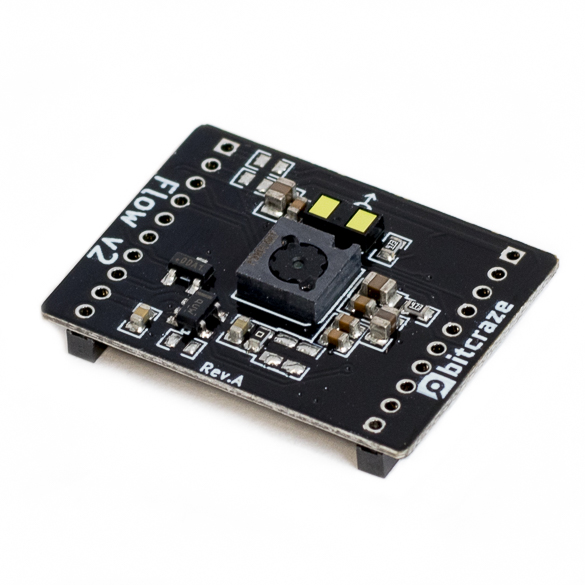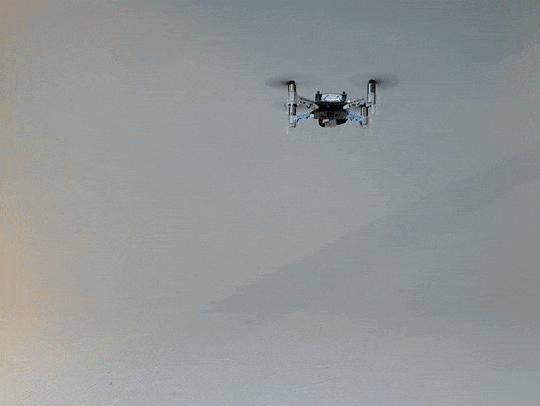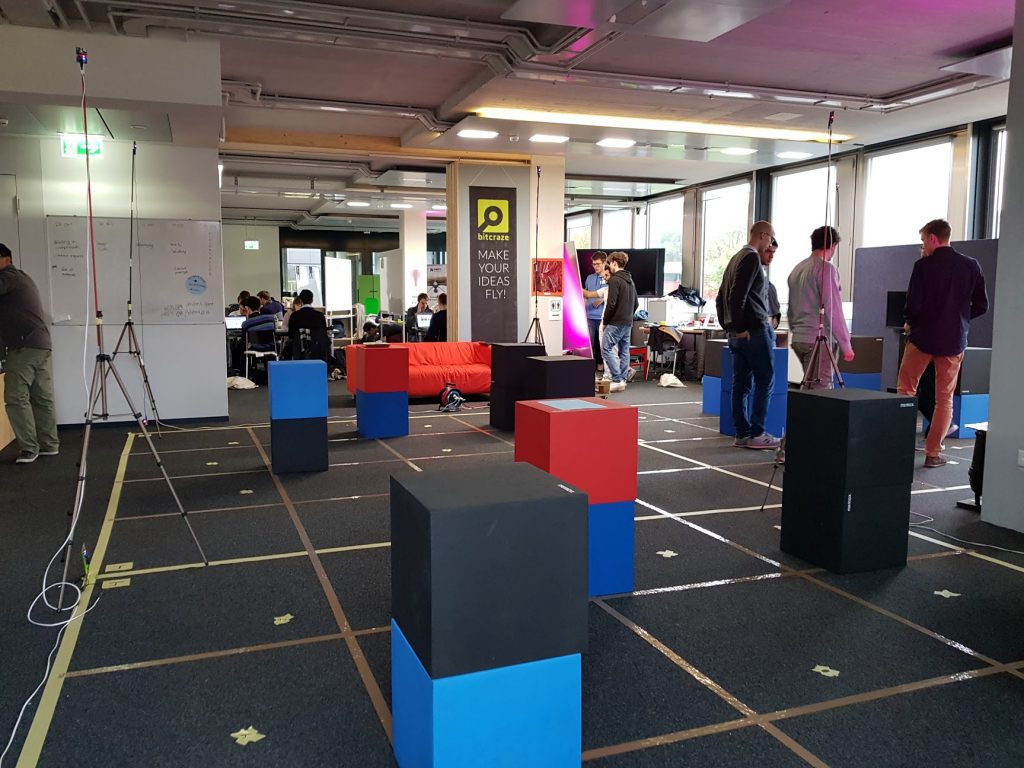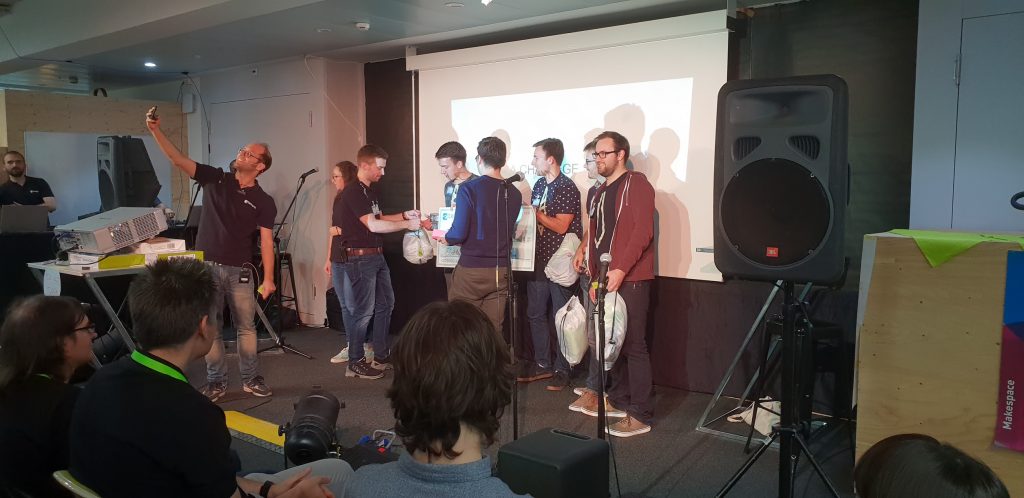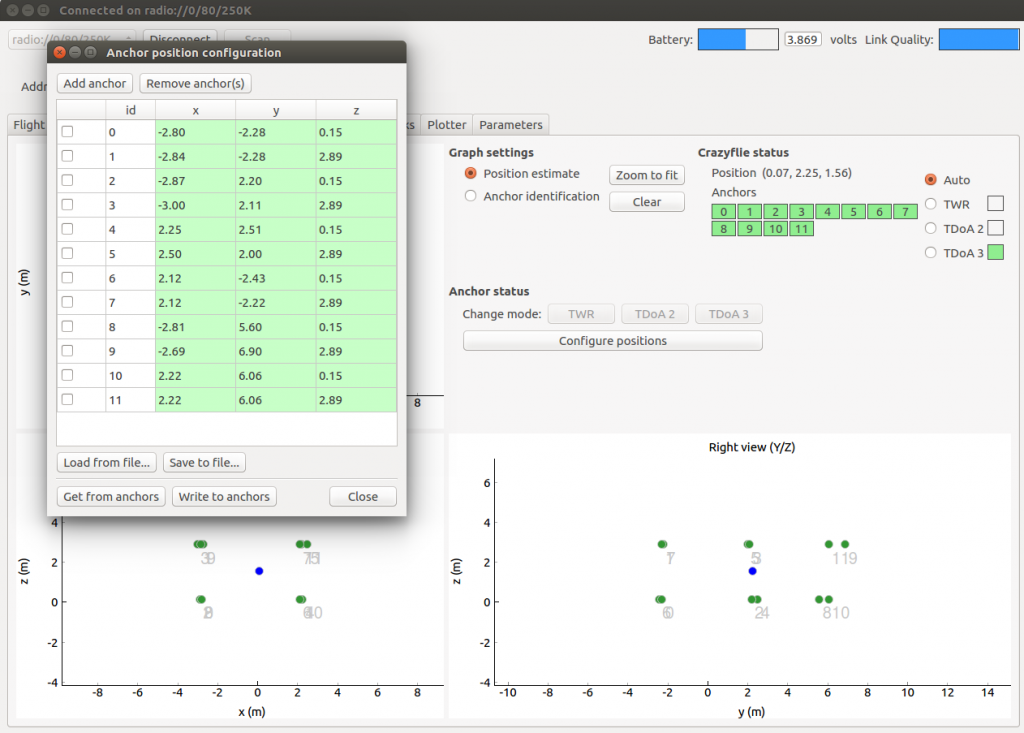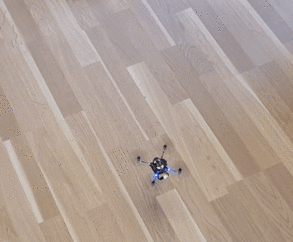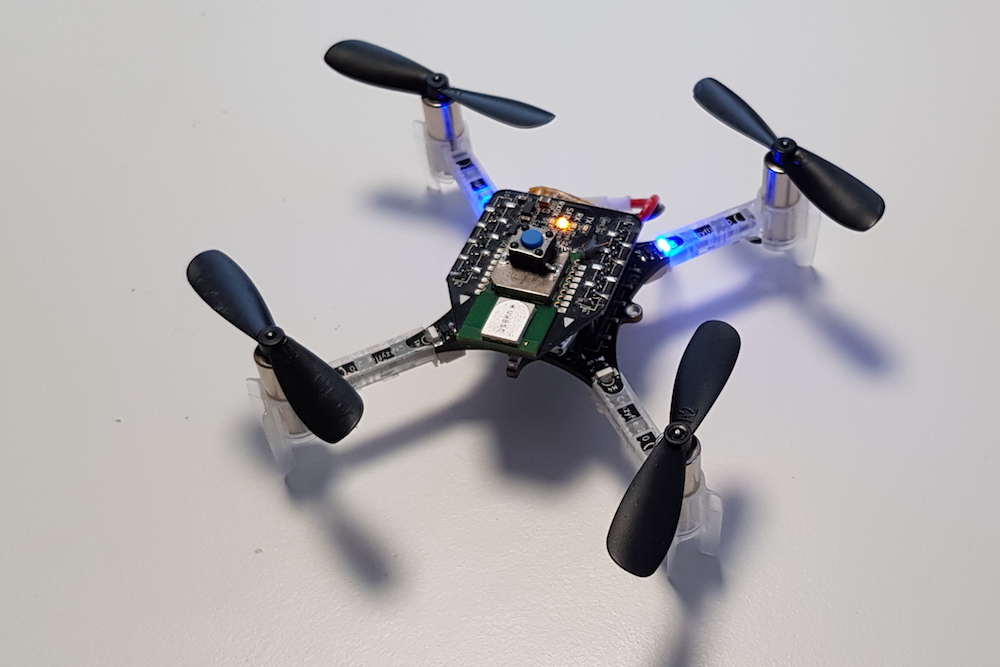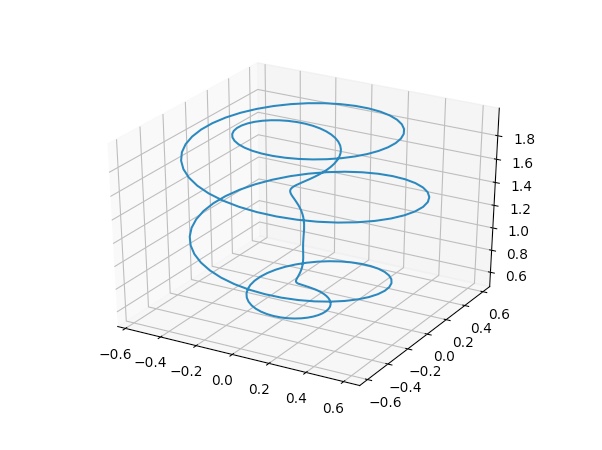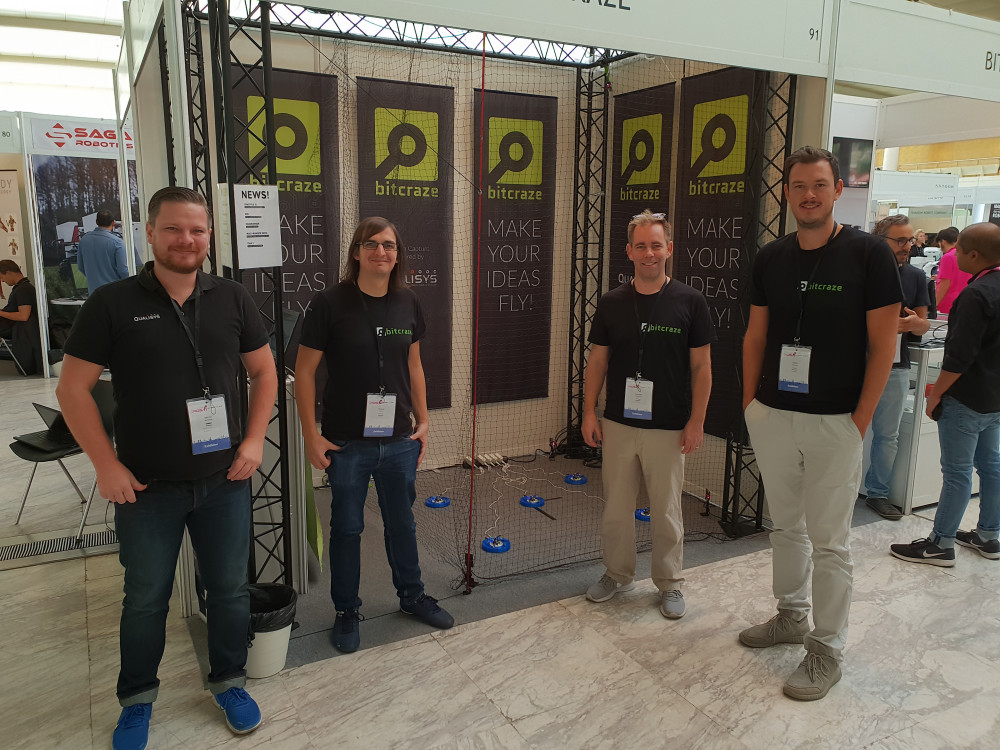Another hectic year has passed. We can’t believe it’s been seven years since our first blog post. Only missing a few Monday blog posts over these past seven years makes this post #375! Kind of impressing from a bunch of nerds that rather write code instead of communicative and fun blog posts :-).
As being the last blog post of the year we can’t think of anything better then summarizing 2018.
Community
- Wolfgang and James from USC ACT Lab merged the Crazyswarm fork into master, making it easier to work with swarms. Also making it easier to switch between controllers. Later on they also contributed the post “Heterogeneous Trajectory Planning with Crazyflie and BigQuad Deck“. Well done and a big thanks!
- In the beginning of the year the Digital artist Ben Kuperberg wrote about working with the intersection between juggling and technology and how he had been working with the Crazyflie in he’s performance. Later when visiting us during the summer he elaborated a bit more about LaMoucheFolle the open-source software he has develop to connect, monitor and control multiple drones.
- Our community member Fred, the maintainer of the Android Crazyflie client and Java Crazyflie lib posted about the status of the Android client.
- Sean Kelly wrote about “Crazyflie and Augmented Reality“. A really cool Crazyflie + HoloLens adoption.
- Percy Jaiswal demystified quad rotor dynamics in the blog post “Demystifying Drone Dynamics!”
- Udacity announced that the Crazyflie 2.0 and the STEM bundle will be used in their Flying Car Nanodegree Program.
The community is one of the big motivators for us. We are very, very thankful for your support! You keep us going!
Software
- On the Loco positioning side there has been a lot of focus on TDoA, aka swarm positioning. During the year we managed to release TDoA2 and TDoA3 as experimental. Read more about the algorithms in their respective blog post.
- The Crazyswarm fork was merged into master, thanks again USC ACT Lab!
- Together with Qualisys we continued the work to add support for their MoCap cameras to the Crazyflie system.
- It might not be correctly classified as software but we released a new front page!
- Firmware and Software release 2018.10 packs a lot of new stuff.
Hardware
- The Multiranger and the STEM ranging bundle was released! The Multiranger deck gives lots of exciting new possibilities when it comes to navigation and classroom activities. Se it in action here.
- Flow deck v2 and Z-ranger v2 has been upgraded with the new ST VL53L1x which increases the range up to 4 meters
- We released the Swarm bundle. A great package to get started with Crazyflie swarms.
Logistics
We can’t summarize 2018 without a note about the logistics problems we had which made us move the stock to our office in Malmö. Who figured it could be that hard! For those that had to wait a long time for their packages, we apologize. The good news is that it is much better now and logistics will work flawlessly in 2019!, hopefully… :-)
